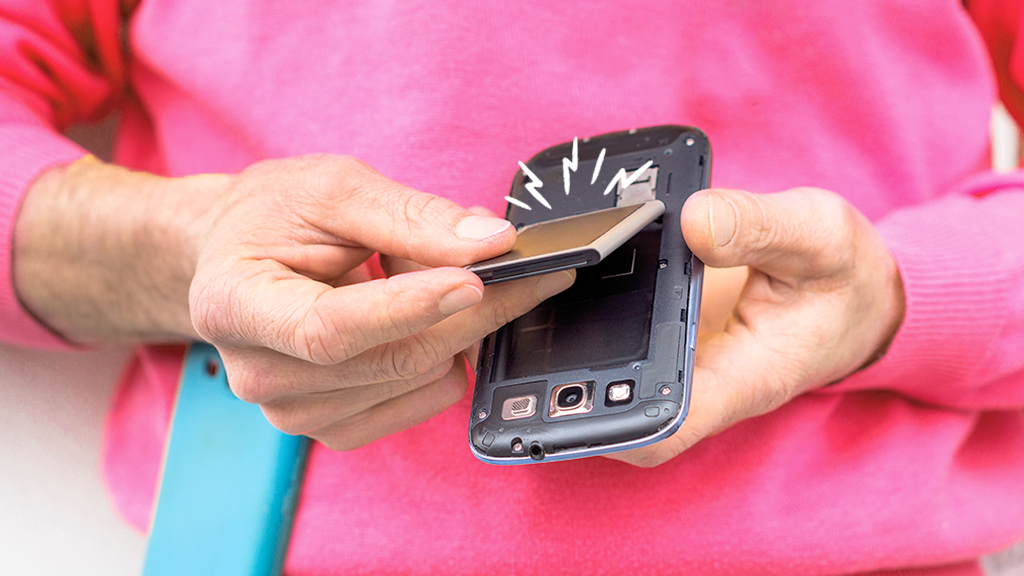Troubleshooting battery issues on your Android device is important to keep it running optimally and ensuring all-day usability. Follow these steps to find and fix common Android battery problems:
1. Find out which apps drain your battery.
Check battery usage: Click Settings, then Battery, then Battery Usage. This section shows you which apps use the most battery. If you notice that an app is using too much battery, you can update it, limit what it does in the background, or delete it when you don’t need it.
2. Keep your systems and applications up to date.
Stay on top of your applications. Apps that are not updated sometimes perform poorly. Look for changes to your app in the Google Play Store under ‘My apps & games’.
Change the Android operating system: Using the latest version of your software can also help you resolve power issues caused by faulty or inefficient system settings. Look for updates available for your computer under Settings > Computer > System updates.
3. Get the best battery settings
Enable battery optimization. Go to Settings > Battery > Battery Optimization and make sure all apps are set to use battery optimization. This setting helps extend battery life by limiting idle activity.
Use battery saver mode: Turning on battery saver mode will reduce your device’s performance and limit sound, location services, and most background data. This makes your battery last longer. You can find this under Settings > Battery.
4. Change the way your screen works
Screen brightness lesson: One of the best ways to extend battery life is to dim your screen. When you turn on adaptive brightness, the screen brightness changes instantly based on the light.
Reduce screen timeout: Shorten the screen timeout interval to ensure the screen doesn’t stay on for too long. You can change this setting in Settings > Display > Screen off.
5. Calibrate the battery
If your battery percentage is showing wrong numbers, you can manually reset it by letting the battery drain until the phone turns off and then charging it to 100% immediately.
6. Limit connectable features
Turn off unnecessary connections: Turn off technology features like Bluetooth, GPS, and Wi-Fi when not in use. Also disable automatic sync for apps that don’t need to keep synced information.
7. Try to resolve any hardware issues
Check the battery: If your phone’s battery is swollen or your phone regularly overheats, it could mean it is about to die. You may want to have your gadget checked by a professional to see if the battery needs to be replaced.
8. Erase All Data (Factory Reset)
If nothing else works and battery life is still poor, backup your data and erase it by going to Settings > System > Reset Options > Erase Erase All Data (factory reset) to restore factory settings. This allows you to fix subtle program problems that drain your battery.
9. Use a third-party battery monitoring application
Apps like AccuBattery or GSam Battery Monitor can help you spot problems before they happen by giving you more information about your battery usage and status.
